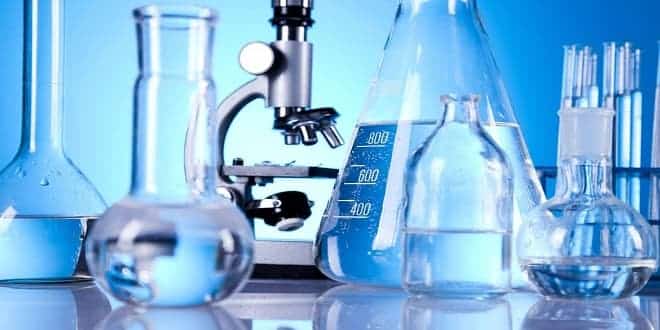Purpose:
To learn what the effects of pH (Bacillus subtilis) and ultraviolet light on the bacterial (E.coli) growth are. To be able to should learn how determine the oxygen requirement of a particular microorganism (Bacillus subtilis).
Procedure:
Effect of pH
Firstly, prepare Glucose-phenol red broth (pH 3, 5, 7, 9) containing 0.5%w/v glucose+basal medium. Then, under aseptic conditions inoculate 4 GPRB tubes with a microorganism obtained from the stock culture. Finally, incubate at 37°C for 24 hr. Following week check bacterial growth by observing turbidity by comparing turbidity observations of 4 tubes relative to each other
Effect of UV
First of all, agar plates should be labeled as in the figure on the bottom before inoculation as shown below:
Study under aseptic conditions inoculate 0.1 ml of culture and open a plate and expose two halves to UV for indicated time periods by shielding the other half with a card. Then, incubate at 37°C for 24 hr. Following week, check bacterial growth by counting colonies via comparing colony numbers of the parts exposed to UV for different time periods and comparing you results with other results of other groups
Oxygen requirements
Study under aseptic conditions, inoculate thioglycollate medium by the culture (B.subtilis). Then, rotate the tube between your palms gently to get good dispersion of inoculation. Continue with incubation at 37°C for 24 hr. Following week, check bacterial growth and decide oxygen requirement
Results & Observations
Table: pH Effect (Bacillus subtilis)
pH 3
No growth
pH 5
+
pH 7
++
pH 9
+++(light color change, yellow become darker)
Effect of UV
-Lawn formation due to lack of UV effect in all plates
Oxygen requirements
-No growth is observed, no color change occurred
…

